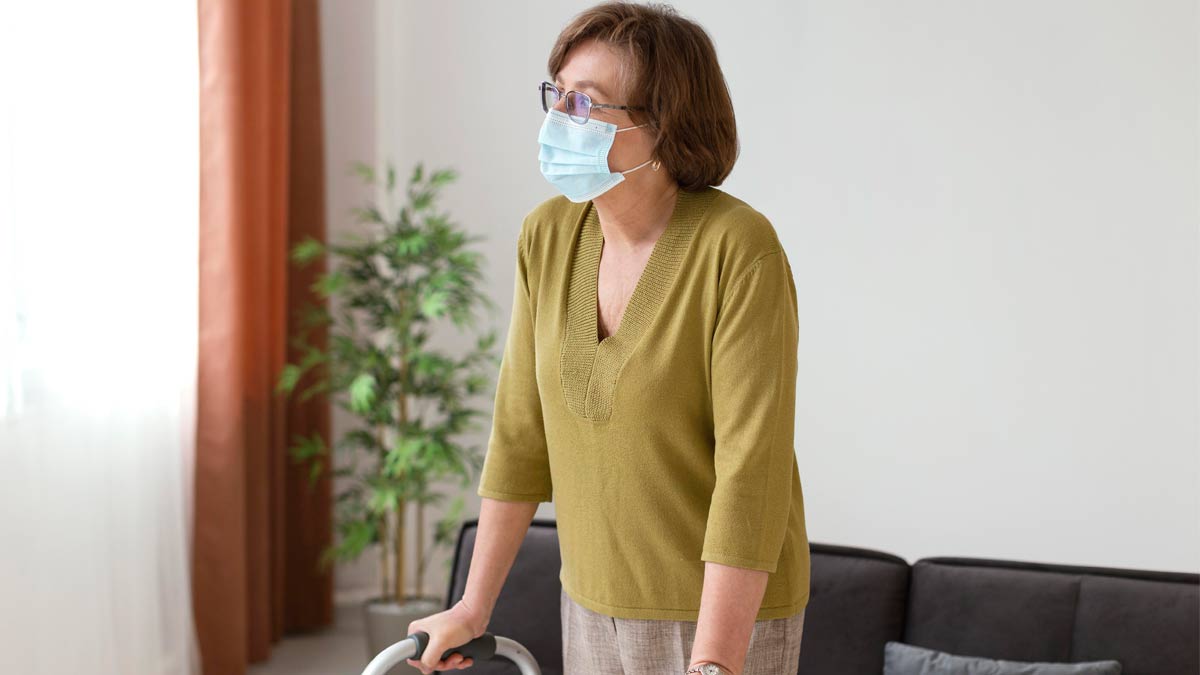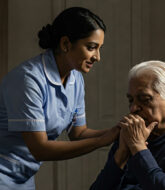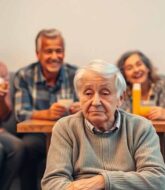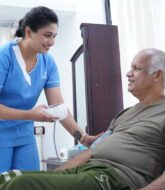One of the most common technical terms we hear about in the context of the worldwide COVID-19 pandemic is Reverse Quarantine, a method to protect vulnerable people from infection.
What is Quarantine and Reverse Quarantine?
When an individual has an infectious disease, relocating away from healthy people has been a practice that has been used for centuries, traditionally, in public health. This is known as quarantine or isolation.
Reverse quarantine is the opposite of the quarantine. When a person’s immunity is weakened and the person is susceptible to infection from other patients, they are kept away from danger. That is the reverse quarantine.
Here are 10 tips from Dr. Rajiv Jayadevan, President of Indian Medical Association, Kochi, to help you protect the elderly and those who are immune from Covid-19 through reverse quarantine.
- Visitors must be minimised in places where older and other vulnerable people are living. This includes limiting visits by relatives, neighbours and socialites who come in contact with large numbers of people every day.
- Each family member needs to do their bit to minimise the chance of bringing the virus into the household. Work from home option can help limit exposure of younger family members to potential sources of infection.
- When there are vulnerable family members at home, healthcare professionals working in areas with high risk of infection, might wish to consider a temporary alternative dwelling, and return home after a period of self-quarantine.
- Children habitually are close to their grandparents. It can be difficult to get children to follow all the norms of social distancing and hygiene. They could easily act as carriers of the virus into the household, without becoming sick themselves. Children may therefore be discouraged from mingling with kids from other homes, till the crisis is over.
- For the designated caregiver, washing hands before and after providing physical assistance is an effective practical step.
- Split or staggered meal timings is another way to reduce aerosol spread during conversation over a meal. Social isolation of the elderly should however be actively prevented; the use of mobile phones and other technology could help in that regard.
- Keeping windows open to the extent possible will reduce the risk of the virus circulating in closed spaces.
- For those who are wealthy and can afford a second home, the family could split temporarily so that there is geographical separation between the healthy and the vulnerable.
- Treatment of alarming sickness should not get neglected as a result of the family’s attention being focussed on COVID-19. Complications of such conditions can be difficult and expensive to treat. Telemedicine could be used instead of routine doctor visits, to minimise unnecessary trips to hospital.
- Through administrative and engineering modifications, hospitals must try to keep elderly patients with alarming sickness far away from the sections that treat fever and respiratory sickness.
In addition, let us not forget the importance of social distancing, frequent hand washing and the need to use personal protective equipment (PPE) such as masks and gloves.
Take care and stay safe.









